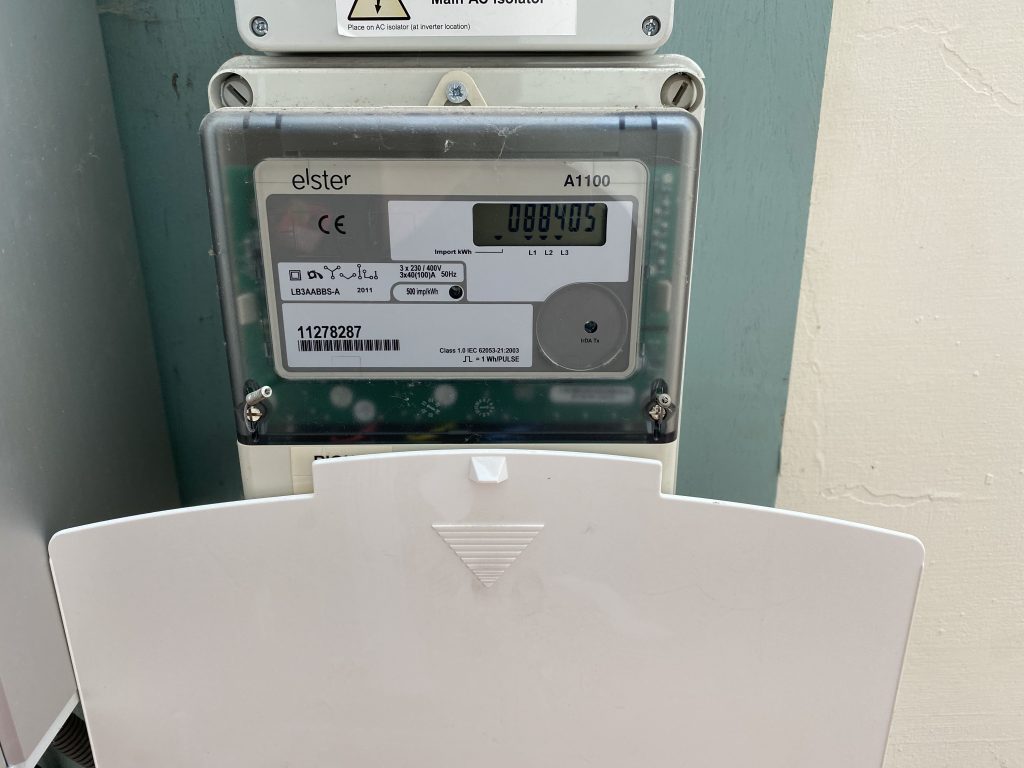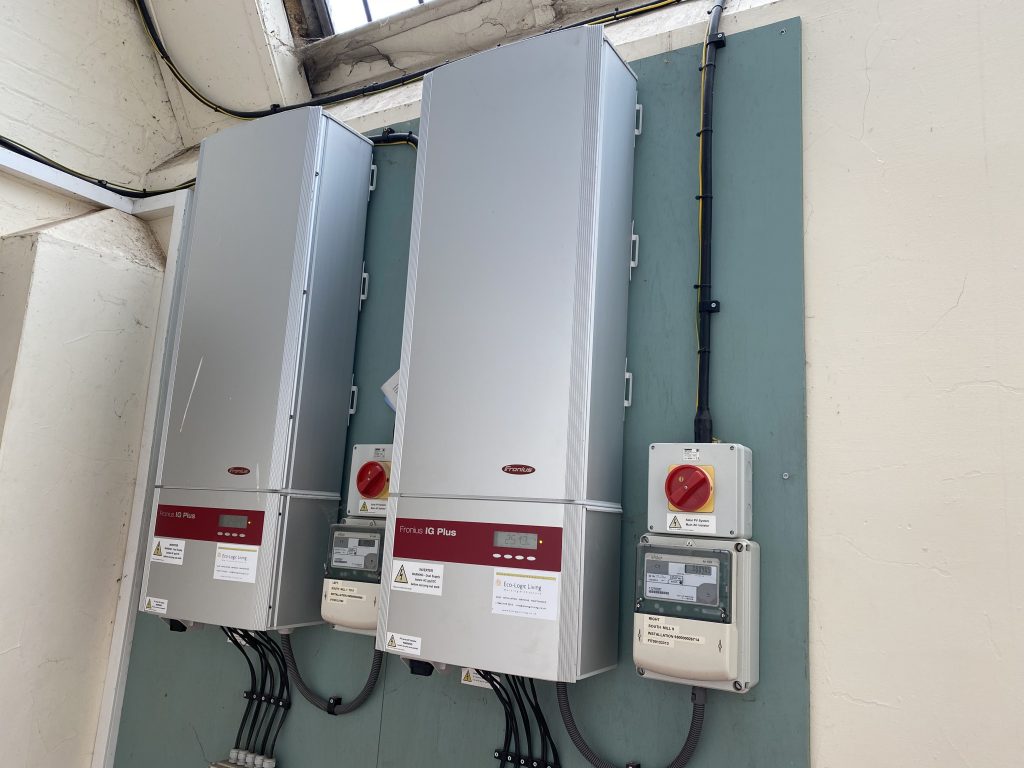Handy tips on what to do if your Solar PV Panels stop working.
This is written to be a helpful guide to anyone with a Solar PV installation that is suspected to not be working. If you follow these steps it may save you having to unnecessarily call out an engineer.
There are many types of Solar PV system installed in and around the UK to name a few, see below.
Grid-Tied Solar PV systems with one main inverter
Off-Grid Solar PV systems with one main inverter
Grid-Tied Solar PV System with Micro Inverters/multiple inverters
Off-Grid Solar PV System with Micro Inverters/multiple inverters
Grid-Tied Solar Edge Solar PV Systems
Off-Grid Solar Edge Solar PV Systems
We will look to address all of these systems, where possible.
Please note: The most common fault on a Solar PV System is the Inverter Failing internally on a hot sunny day.
The things to check yourself, before calling an engineer are as follows:
The Generation Meter – You should check to see if this generation meter has anything showing on the display. If the generation meter has nothing on the display (a blank display) there is likely one of two issues.

Solar PV Generation Meter
Firstly, there is no power to the generation meter (therefore there is no power to the inverter). You may have a circuit breaker that has tripped out in the distribution board/fusebox. Check the distribution board/fusebox and if there is a tripped circuit, carefully try to reset this.
Secondly, if there is no circuit breaker tripped out then you may have a faulty generation meter or a faulty supply to it. This will need a qualified Electrician or Solar PV Engineer to investigate.
Note: during daylight hours on most Generation Meters there is a RED LED Light that flashes which increases in speed the more you generate.
The Inverter – If you have power to your generation meter but you do not believe your system is generating then you should look at the inverter for faults.

Fronuis Solar PV Inverter
Nearly all inverters give a live reading of what the panels are currently generating. More complex inverters also provide a history of the generated reading over the last day, week and month.
These readings are always a good indication of what your Inverter is doing and what it has been doing. You should always see a production value in the current output if your panels are in daylight. If you do not have any power output when the panels are in daylight there may be a fault with the Inverter.
If there is a fault with your Inverter, you would usually see an Error Message or a Fault Code such as “VAC Failure”. If you do not understand the fault code then you should refer to the user manual of the inverter.
If you believe that your Solar PV is working, but it is on reduced power or it is producing less power than it used to. There could be a fault with the panels, you should check for shading of the panels or the panels being dirty. If there are no other issues with the Solar Panels there could be an issue with the inverter or the DC wiring. We would normally suggest calling an engineer to check this.
If you have you any other types of faults on your system we recommend that you contact us on 01228 318900.



